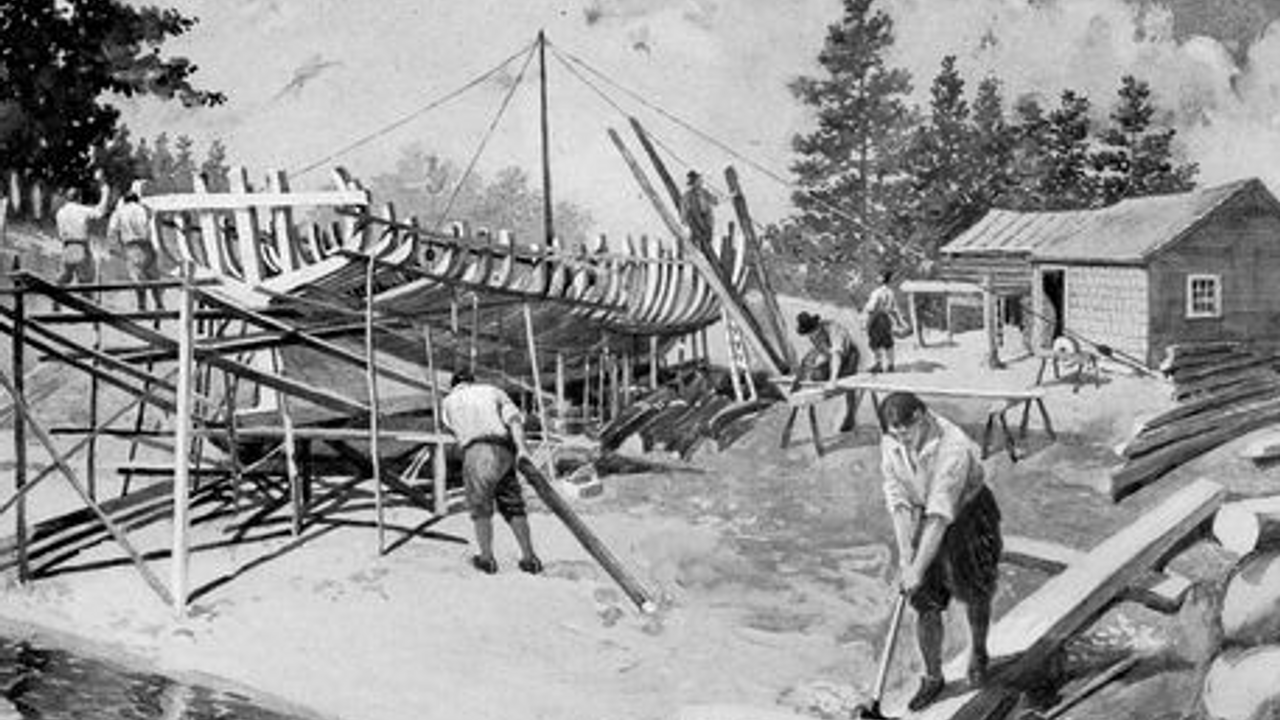Economic Activities of the New England Colonies Lesson

This article is perfect for any social studies teacher looking for some quick data points, information, and fun facts on the economic activities of New England Colonies!
Any discussion on the economic activity of New England cannot be started without the importance of natural resources!
A valuable resource for all of the New England colonies was timber. Timber was a crucial resource for the New England colonies due to the abundance of forests in the region. Colonists used timber for a variety of purposes, such as building homes, ships, and furniture.
The forests also provided fuel for fires, and the bark was used in the tanning process for leather. In addition, the colonists exported timber to England, where it was in high demand for shipbuilding and other industries. This trade helped to boost the colonial economy and establish New England as a key supplier of timber to England. The importance of timber can be seen in the fact that many small New England towns were named after trees, such as Oak, Elm, and Maple!
The Colonists' ability to engage in commercial and economic pursuits was contingent on the conditions of their environment
Impact of Geography & Climate
The New England Colonies' economic and commercial activities were affected by the region's geography and climate. Unlike the more southern regions of Colonial America, such as the Middle Colonies and Southern Colonies, the New England colonies were plagued with rocky soil and thus unable to reliably rely on cash crops. So on top of the timber industry, the economy of the New England colonies relied heavily on fisheries, whaling, ship building, trade, and commerce. This also meant that some New Englanders practiced subsistence farming (growing crops and raising livestock for their own consumption, not to sell for a profit).
The New England colonists experienced extremely cold winters and relatively mild summers. The land was level near the water's edge but climbed into hills and mountains inland. The soil was typically rocky, which made farming difficult. Winters were so cold that disease was kept at bay.
Download a FREE WEEK of lesson plans HERE!
Colonial New England Maritime Economy
In addition to timber, as alluded to above, one of the other main economic activities of the New England Colonies was its maritime economy. Unlike other American colonies, many of which were dependent upon large plantations with fertile soil and a warm climate that produced agricultural products and numerous kinds of crops, all of which the geography of New England simply didn't possess—New England's economy relied heavily on major industry associated with the sea.
For example, the New England region is still known to this day for its robust fishing industry. When combined with the main natural resource of the colonies of New England, timber, it was only natural that another of the region's main industries was born: shipbuilding! Perhaps more than any other group of colonies, the New England colonies had a diverse economy that didn't rely on just one or two industries.
The maritime economy of New England was vitally important to the region's prosperity. Though whaling (whale oil was a precious commodity as it was used to light lamps), shipbuilding, and logging were all significant to the New England economy, fishing (especially codfish) was the backbone of the region's prosperity. On top of Cod, mackerel, herring, halibut, hake, bass, and sturgeon were among the species of fish most often caught by New England fisherman. Over time, many New England merchants became wealthy by trading rum for slaves in West Africa and then selling those slaves to the West Indies in exchange for molasses. The term "triangular trade" was developed to describe this transactional pattern.
Some other examples of major industries in the New England Colonies of Colonial America include:
- Trade with Native Americans
- Export of raw material (iron, ore, etc.)
- The fur trade (trapping)
Interesting Facts about the Economic Activities of Colonial New England
- New England's landscape is characterized by forested mountains, swift-moving rivers, and rocky soil that is difficult to cultivate and the main reason subsistence farmers dominated the regions landscape (not plantation farming as seen in the Middle and Southern colonies)
- While the Puritans' intolerance of any religion other than their own meant that people in predominantly Puritan-led governments did not have religious freedom, it also contributed to there being less slave labor in New England as it was against Puritan-beliefs and the beliefs of other prominent religions found in Colonial New England
- The New England colonies are the coldest of the three regions, with mild and short summers giving way to long, cold winters and fewer cases of disease than in the warmer colonies - yet another reason why agriculture was so less pronounced as an industry in the New England colonies
- However, while much of New England has poor soil (making it hard to grow crops like wheat) and a short growing season, New England farmers were able to successfully grow and harvest some pumpkins, rye, squash, and beans.
- A lot of the food consumed in New England originated in other colonies' agricultural industries
- New England Colonial Era trade and exports would commonly include: fish, whale products, ships, timber products, furs, maple syrup, copper, rum, whiskey, and beer
Imagine...
-
Spending more time on teaching and less on lesson plans
-
More time on nights and weekends to share with friends and loved ones
-
No longer endlessly searching for amazing lesson plans and resources
Click HERE to learn more about my amazing history curriculum bundles!
I *think* you'll be happy you did 😉
Check out what other teachers are saying about my bundles!



Thanks for reading!
-Jillian (a.k.a. the "Lesson Plan Guru")
Receive a FREE Week of Lesson Plans!
Join my mailing list to receive exclusive offers and promotions, the latest tips, and news on product updates!
Don't worry, your information will NEVER be shared.
I hate SPAM too and will NEVER sell it to a third-party. EVER








